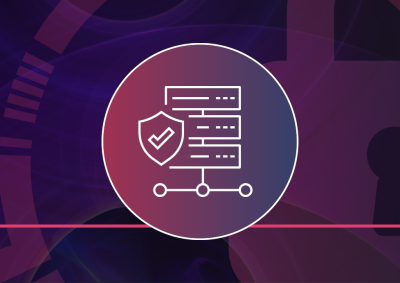
Organisations can apply to become a Document Verification Service user if they:
- are an Australian or New Zealand government organisation or a private organisation doing business in Australia or New Zealand
- comply with terms and conditions, and
- sign legally binding data sharing agreements.
For more information on the Document Verification Service, see the Access Our services page.
Who decides who can use the Identity Verification Services?
Any organisation that applies to access the Identity Verification Services must demonstrate that their use is reasonable, necessary and proportionate to their functions or activities.
As the operator of the services, the Attorney-General's Department may exercise its discretion to facilitate – or not to facilitate – an organisation's access to the services.
If access is granted, organisations must then enter into agreements in order to get access to that information through one (or more) of the Identity Verification Services.
Face Verification Service (FVS)
The Face Verification Service checks whether a person’s photo matches the image used on one of their identity documents. It can:
- make access to government services more convenient for customers by avoiding the need to attend a shopfront
- provide strong privacy, security and oversight to online biometric identity verification
- help prevent identity theft by detecting fraudulent documents that use stolen identity information.
The Face Verification Service is only used by Australian Government agencies.
In the future, local government, state and territory governments and private sector organisations will use the Face Verification Service subject to Participation Agreements that outline strong privacy, security and oversight requirements for them to access the services including provision of the expressed consent from individuals.
To become a Face Verification Service user, an agency must:
- have reasonable need to use it
- comply with terms and conditions
- sign legally binding data sharing agreements.
For more information on the Face Verification Service, see the Access our services page.
Use of the Face Verification Services is subject to two types of agreements that govern the requesting and provision of Face Verification Services:
- Participation agreements which are agreements between the Attorney-General’s Department and other authorities, persons and bodies about the requesting and provision of Face Verification Services using the approved Identity Verification Facilities; and
- the National Driver Licence Facial Recognition Solution (NDLFRS) hosting agreement which is an agreement between the department and authorities of a state or territory that supply identification information stored and used in the National Driver Licence Facial Recognition Solution.
Both types of agreements contain safeguards for the privacy of individuals whose identification information is used in requesting Identity Verification Services or responding to such requests. The safeguards generally include committing the parties to the agreement to complying with standards set by the Privacy Act 1988 (Cth) or equivalent state or territory laws (even if those standards would not otherwise apply to a party).
Copies of these agreements:
Register your interest in using the Face Verification Service
The Face Verification Service is only used by Australian Government agencies.
In the future, local government, state and territory governments and private sector organisations will use the Face Verification Service subject to Participation Agreements that outline strong privacy, security and oversight requirements for them to access the services, including provision of the expressed consent from individuals.
The Document Verification Service checks whether the personal information on an identity document matches the original record.



